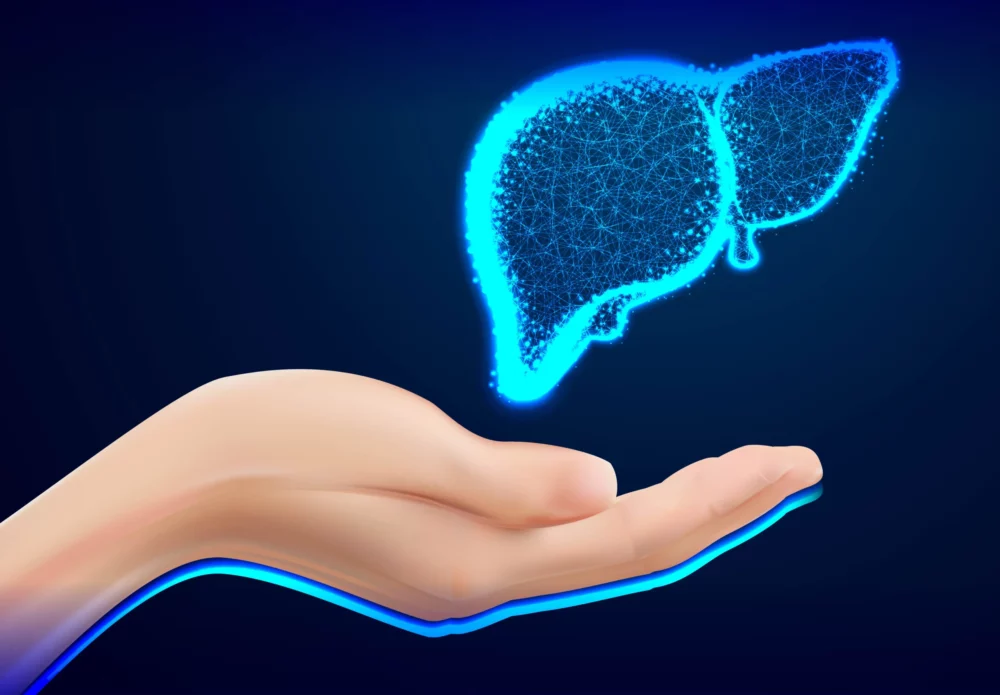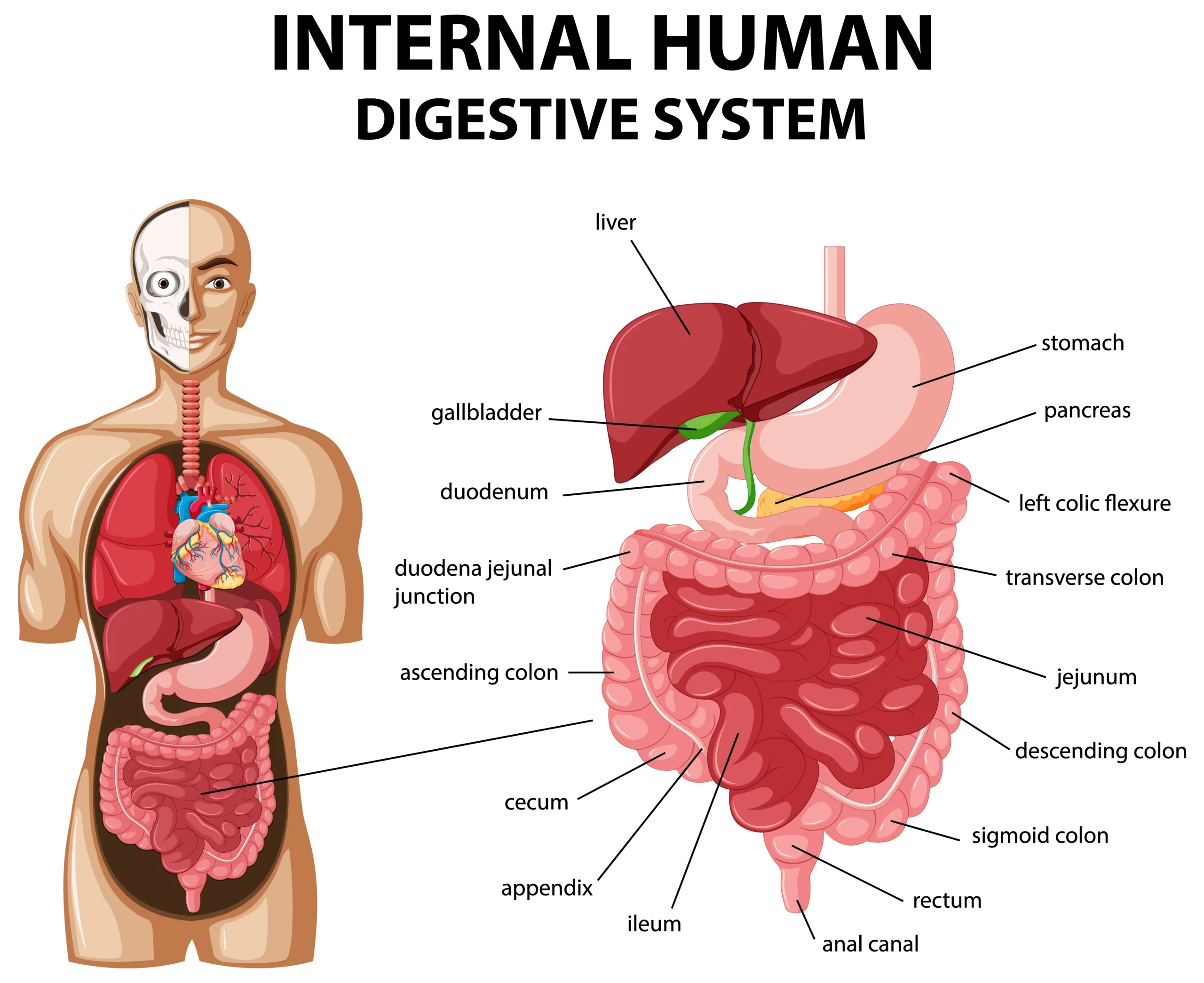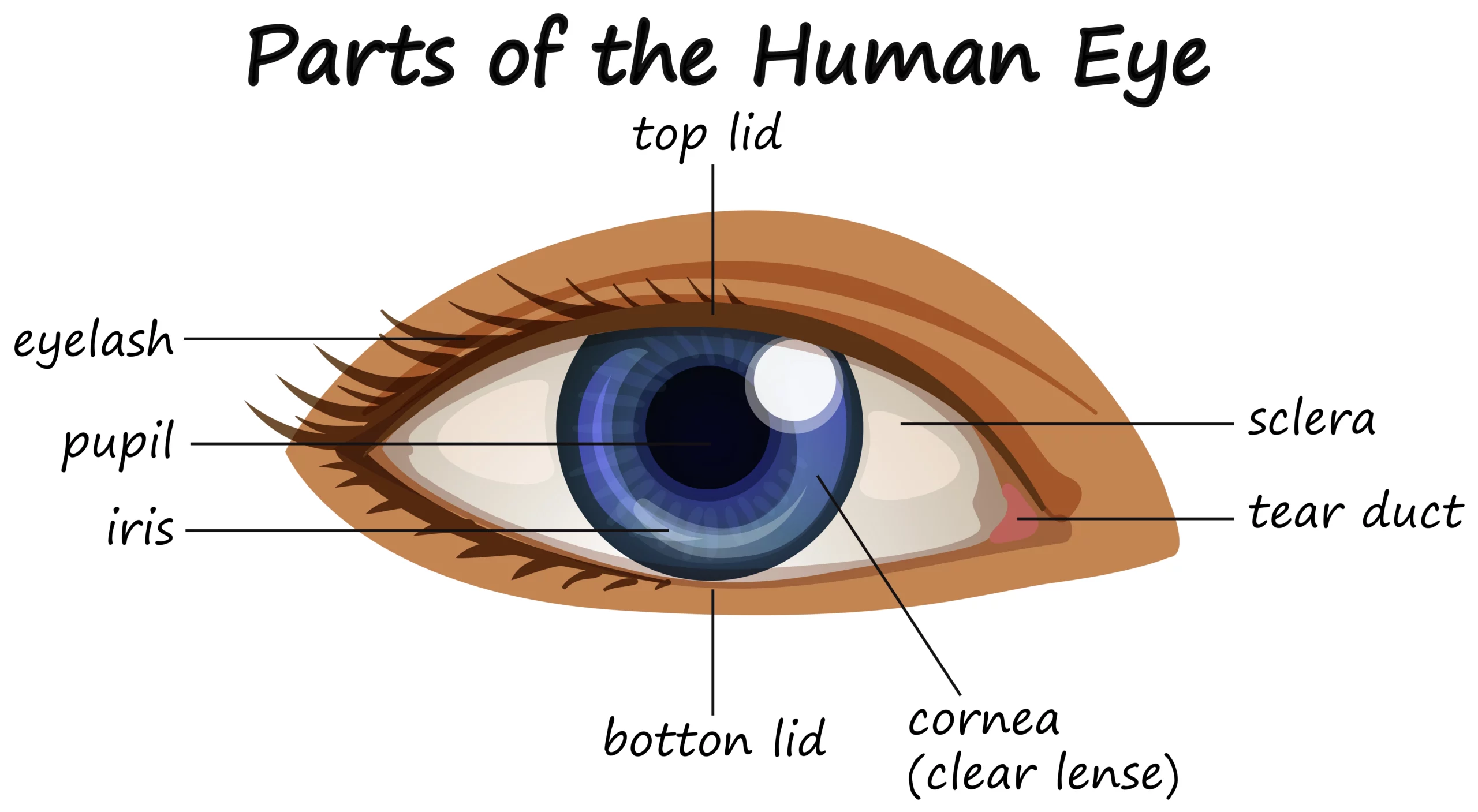Tag: Human anatomy

The Liver’s Role in Regulating Blood Glucose Levels
The liver plays a central and multifaceted role in the regulation of glucose in the human body. Glucose, a simple sugar, serves as the primary source of energy for cells, and maintaining its levels within a narrow range is crucial for overall health. The liver accomplishes this through various mechanisms, which we’ll explore in detail…

HUMAN DIGESTIVE SYSTEM
Navigating the Human Digestive System: Your Food’s Amazing Journey Our bodies are incredible, and one of the most intriguing systems within them is the digestive system. This system does the important job of turning the food we eat into energy and nutrients that fuel our bodies. Let’s take a fascinating tour through the human digestive…

Human Eye: Anatomy, parts and structure
Exploring the Human Eye: Unveiling its Anatomy, Parts, and Structure The human eye is a marvel of complexity and precision, allowing us to perceive the vibrant world around us. From the simplest forms of light detection to the intricate details of color and depth perception, the eye plays a pivotal role in our sensory experience.…



